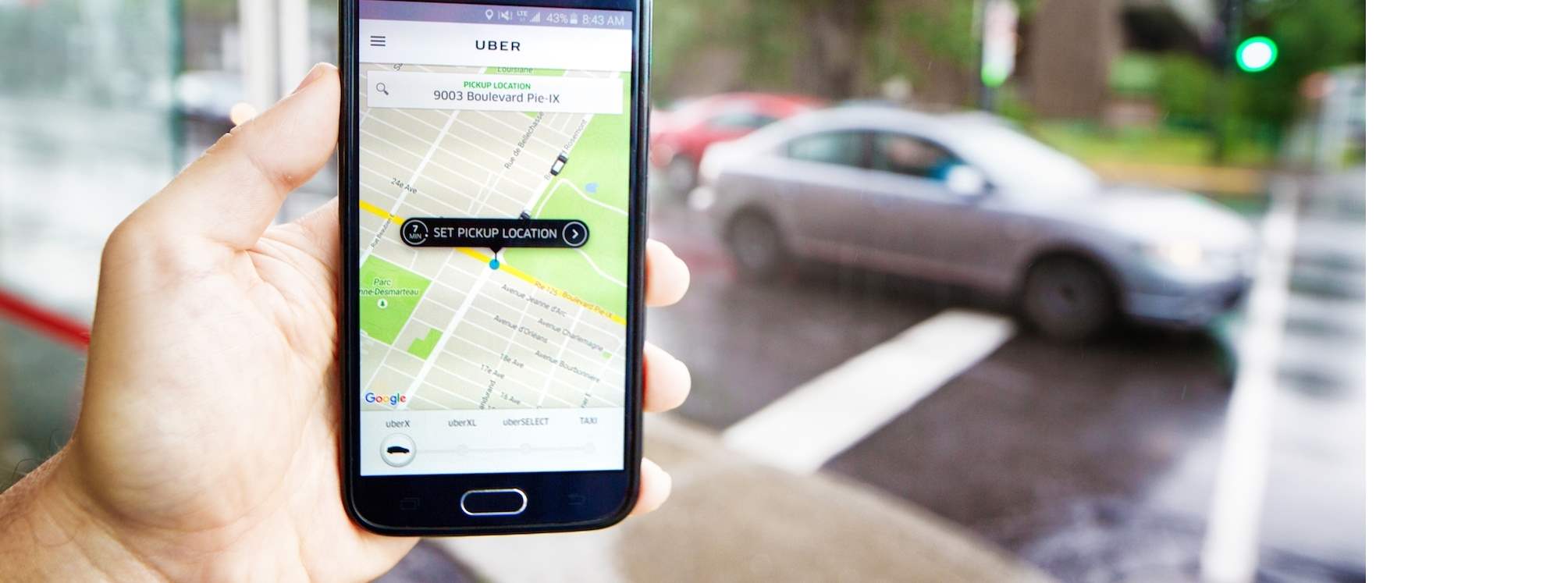Cities all over the world are struggling with how to move vast volumes of people around safely and efficiently while simultaneously battling to keep pollution levels to a minimum.
As highlighted in our Tech Cities programme, good mobility also lends itself to a strong business environment and prosperity. This conversation seems likely to become ever more important as growing numbers of people flock to cities, particularly in Asia-Pac which is already home to two-thirds of the world’s 10 million+ population metropolitan areas.
Increasing the number and quality of cycle ways, shared mobility services – be that car, bike or scooter hire schemes, Lyft or Uber – and investing in more public transit networks, while deterring private vehicles, are all solutions being considered or implemented in big cities. These approaches bring with them numerous advantages, but also challenges.
How do you stop large numbers of dock-less bikes building up in popular locations, for instance? How do you juggle banning private vehicles from busy areas with not impacting on how households and businesses go about their daily lives and operations?
We forget, but many of these new methods of transport are in their infancy. It may feel like it has been around for longer, but Uber has only just reached its 10th birthday, while Mobike, the world’s largest shared bicycle operator, was only founded in 2015.
The relationship between technology and mobility is key. As the data gathered around mobility in cities becomes more refined we will have a better idea of how multiple methods of transport are used and how they intersect, and opportunities to provide more integrated solutions which allow for seamless journeys will emerge.
What may be harder to solve, particularly in older cities, are the challenges arising from the next generation of vehicles: driverless cars. Having self-driving vehicles is set to bring multiple benefits: surplus journeys will be reduced as vehicles will be able to drop off one passenger then pick up another, cutting down on emissions.
The volume of car parking space required will potentially drop dramatically, opening up these spaces for other purposes, such as green areas or leisure facilities.
The issue, as Eugenie Teasley from Uber highlights, is that in many in cities, particularly in Europe, organic webs of streets are very difficult for self-driving vehicles to navigate, particularly when compared with the grid systems used in the US or in more ‘modern’ cities.
As computers learn more about how the city functions this should be addressed, but better urban planning could help expedite the process: removing redundant urban ‘clutter’ from streets (often a bugbear of pedestrians, as well as road users) and reviewing complex road junctions and layouts will help.
Of course, this may well become superfluous if even more ambitious transport innovations come to pass. Uber’s vision is to launch a public vertical take-off and landing aircraft by 2023, while German aviation company Volocopter has also shared its plans for air taxi infrastructure.
Heading below ground though, Elon Musk’s Hyperloop plans could be the most revolutionary of all: transporting thousands of people at a time at hundreds of miles an hour between cities could re-write not only how cities function but whole nations.
Further information
This blog is inspired by a theme in Impacts, Savills global thought leadership publication and research programme. This year is the ‘disruption issue’, looking at how widespread economic, political, demographic and technological upheaval is changing the world of real estate.

.jpg)
.jpg)
.jpg)